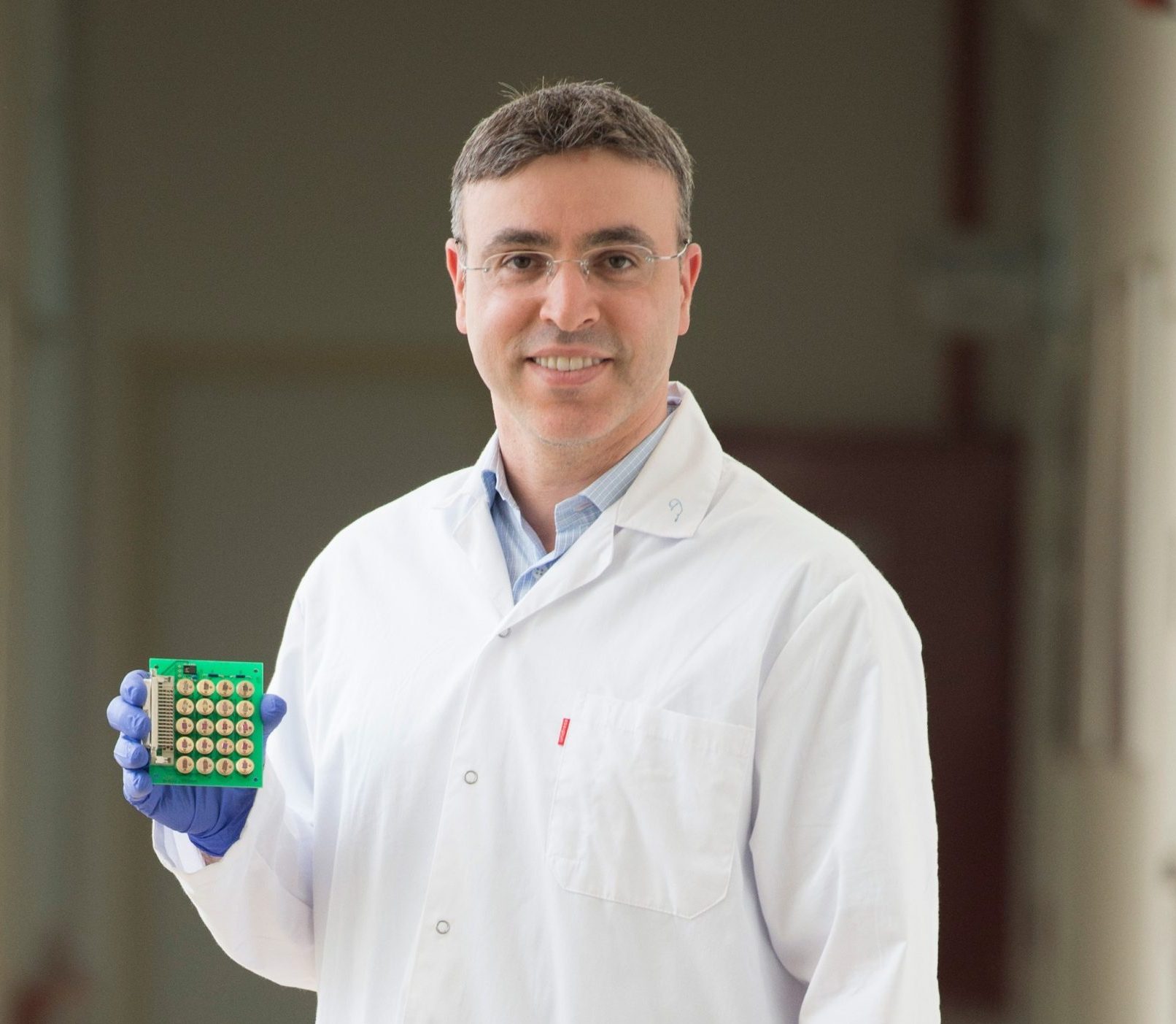News & Events
News

15 February 2025
New Technology Tracks Cancer Development Without Damaging Samples
The advantageous features of the reported VOC-based chemical tomography enable real-time, non-destructive organoid analysis, differentiating normal and disease states, capturing transitions of biological processes, and identifying key biomarkers and pathways for precision medicine
A Safer, More Accurate Way to Study Cancer Growth
A research team from the Technion has developed an innovative method to study cancer without harming samples, making it easier to track how tumors develop and respond to treatment. This innovation was led by RTICC-affiliated member, Prof. Hossam Haick from the Faculty of Chemical Engineering, and was published in Advanced Materials. The study, "Chemical Tomography of Cancer Organoids and Cyto-Proteo-Genomic Development Stages Through Chemical Communication Signals," introduces a way to analyze cancer cells in real-time using their natural chemical signals.

A Non-Invasive Window into Cancer Growth
Researchers often use tiny 3D models called organoids to study cancer. However, traditional methods to analyze these models can be expensive, slow, and damaging to the samples. This new approach uses special sensors and artificial intelligence (AI) to detect and analyze the chemicals that organoids naturally release. By tracking these chemical signals, scientists can see how cancer cells change and grow over time—without interfering with the process.
New Clues to Detect and Understand Cancer
The study shows that this method can tell the difference between healthy and cancerous cells, even during early changes that lead to tumor growth. The researchers also identified key chemical signals linked to cancer, such as those related to metabolism and cell transformation. These findings could help improve early cancer detection and lead to new ways to track how tumors respond to treatments.
A Game-Changer for Cancer Research
This breakthrough provides a powerful tool for scientists to study cancer more naturally and accurately. By offering a real-time, non-destructive way to monitor cancer development, this technology could help advance personalized treatments and improve our understanding of the disease.
The Research has been published in the Journal Advanced Materials




